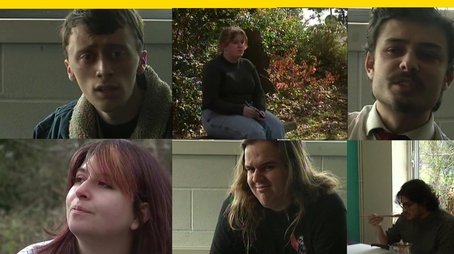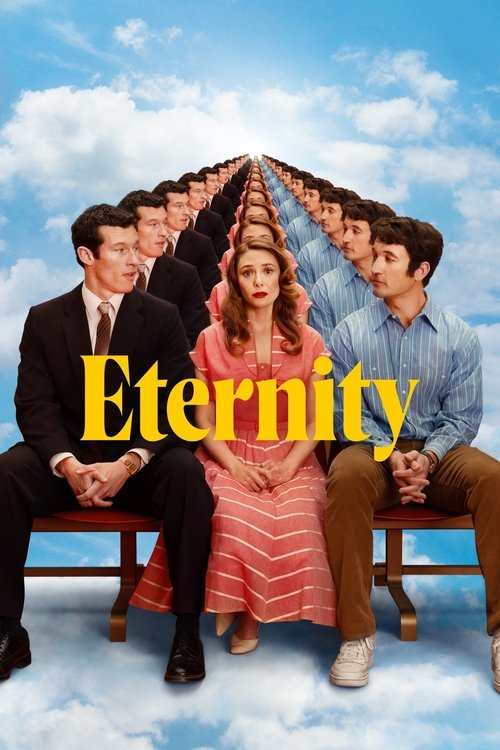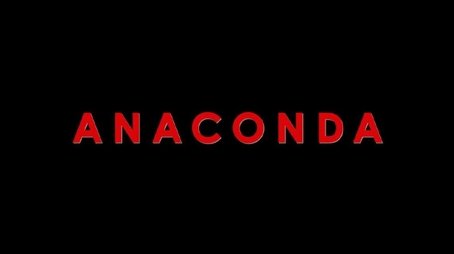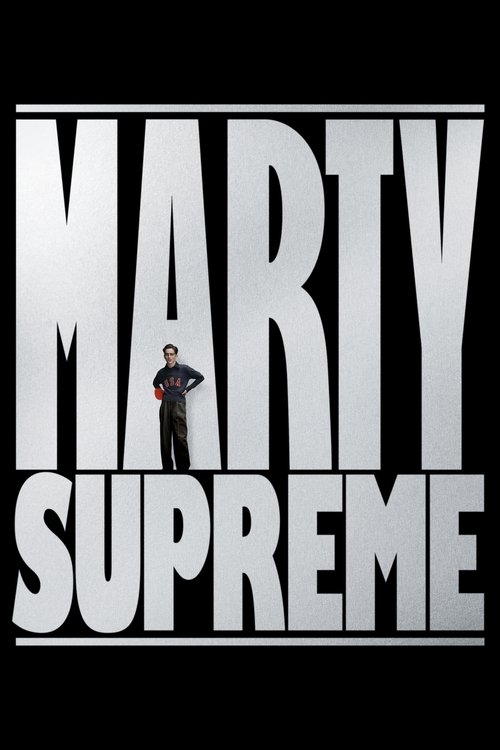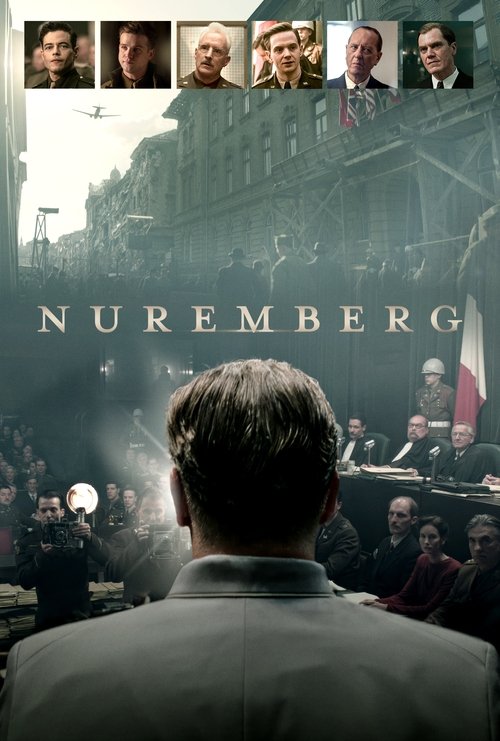
Ask Your Own Question
What is the plot?
The story opens at Coopers Chase, a sheltered retirement complex where four residents assemble every Thursday evening as the Thursday Murder Club to pore over unsolved cases. Ibrahim Arif, a retired psychiatrist, convenes the group alongside Ron Ritchie, once a trade union leader, and Elizabeth Best, an enigmatic former spy. They sift through case files and trade theories. A new arrival, Joyce Meadowcroft, a recently moved-in former nurse, joins their meeting; her clinical knowledge and steady hands promptly prove useful to their inquiries. Among the cold cases they revisit is a 1973 killing: the slaying of Angela Hughes, the episode that once occupied Detective Inspector Penny Gray. Penny now lies in a hospice bed, unresponsive, and her past investigation haunts the club's conversations.
A young police constable, Donna De Freitas, transfers from London and drops in on Coopers Chase to check on the residents. Donna is courteous and frank when she tells the club she finds her station work routine and uninspiring. The pensioners press her for details and she, in turn, grows fond of their company; the Thursday meetings quickly pull her into their orbit and, by degree, into the investigative work that follows.
Outside the club, a different conflict escalates. Coopers Chase faces a takeover bid: plans circulate to convert the site into high-end flats. One of the property stakeholders, Ian Ventham, aggressively pushes the redevelopment, while his business partner, Tony Curran, opposes the sale and promises the residents he will block it. Tension mounts among the community; meetings and protests break out as the two men squabble over control.
The dispute shatters when Tony Curran is found murdered inside his home. Officers photograph a scene that shows the house in disarray: drawers pulled out, cupboards overturned, and a missing weapon. The discovery sends shock through Coopers Chase. The Thursday Murder Club immediately turns its focus from cold cases to this present killing. Donna supplies police reports and access where she can; the club members combine institutional memory, local gossip, and their own investigative instincts.
They begin by tracing Tony's business and social connections. Ron reveals that his son Jason once worked in the same circles as Tony. The club also uncovers that a local underworld figure, Bobby Tanner, has a hidden stake in the redevelopment scheme; Tanner, a man many believe to be dead after he vanished some years earlier, emerges as an active force behind the sale. Early suspicion touches Ian because of his public fight with Tony, but forensic minutiae and recorded alibis quickly remove him from the immediate list of suspects.
At a residents' demonstration opposing the redevelopment, Ian attends to address the crowd. Midway through the protest Ian collapses on the lawn and dies. Emergency responders declare he has suffered a fentanyl overdose; toxicology confirms the presence of the opioid in his system. With Ian gone, legal control of the property consolidates under Tanner, whose sudden reappearance as the sole owner alarms both residents and the Thursday Murder Club.
Police make a move against Jason Ritchie based on tenuous links between him and Tony's business dealings. Officers arrest Jason at his workplace, handcuff him, and take him into custody. The case against him looks thin at first; detectives conducting interviews and gathering CCTV footage find inconsistent threads. Jason's defenders point to an apparent motive mismatch and a lack of physical evidence. Jason provides an alibi: during the timeframe of Tony's death he was involved in an affair with Gemma Ventham, Ian's estranged wife. The revelation that Jason and Gemma were together undermines the prosecution's narrative, and the strength of the case against him collapses.
Meanwhile Elizabeth forms a cautious relationship with Bogdan, a Polish handyman employed at Coopers Chase. Bogdan performs odd jobs and sometimes helps residents with garden work. On one afternoon while digging to bury a tool chest, he uncovers a makeshift grave hidden beneath disturbed turf behind a shed. The discovery prompts the police to exhume the site. Forensic technicians unearth a skeleton identified as Peter Mercer, a man who, decades earlier, had supposedly witnessed Angela Hughes's murder. The identification links the current investigation to the long-dormant 1973 file the Thursday Murder Club has discussed for months.
As the police and the club parse Mercer's death, Elizabeth begins to receive threatening notes. Letters arrive with blunt warnings telling her to abandon the inquiry into the Curran-Ventham dispute and the old Angela Hughes case. The envelopes contain typed messages and one is left conspicuously on Elizabeth's doorstep. The tone is unmistakable: some party does not want the past exhumed.
Donna and Elizabeth follow up on Tanner's business arrangements. They dig into shipping manifests, employee records, and testimony from migrant workers. Their work reveals that Tanner is running a trafficking operation; he is smuggling migrants and confiscating their passports and documentation to enforce control. They learn Tony Curran was not merely an opponent to Ian on the redevelopment; he had been Tanner's partner in this criminal enterprise. The trafficked workers' accounts describe fear and coercion; one witness recalls Tony collecting travel documents and threatening reprisals.
Elizabeth confronts Tanner in his office. He sits across from her, guarded and calculating. She lays out what she and Donna have uncovered: the passport seizures, the pipelines of exploited labor, the pattern of intimidation. Tanner, faced with exposure, offers a counterproposal. He wants the transaction for Coopers Chase to proceed without interference, but he also needs the case to vanish. Elizabeth leverages her knowledge and makes a cold bargain: in exchange for Tanner's promise to leave Coopers Chase intact and cease the redevelopment, she will keep silent about details that would crush his operation. Tanner considers the terms and assents; he agrees to stand aside on the development, at least for the moment.
While Elizabeth negotiates with Tanner, a separate revelation unravels Tony Curran's murder. Elizabeth and Donna, following a trail of phone records and local sightings, realize that Bogdan kept to himself a desperation tied to his lost paperwork and an ailing mother back in Poland. During one afternoon chess game held at Elizabeth and her husband Stephen's flat, Bogdan reveals the pressure he has been under. Stephen plays moves on the board while asking about Bogdan's recent moods, and under prodding Bogdan admits in halting English that he confronted Tony over the passports. He says that Tony had refused to return Bogdan's documents and had threatened him. In the heat of that confrontation, Bogdan struck Tony. He insists it was not premeditated; his voice shakes as he tells the couple he did not mean to kill the man. Stephen moves to fetch a glass of water, but when he returns his phone shows that the cheap voice recorder app he had left running on the device has captured Bogdan's confession. The recording contains Bogdan's admission that he engaged in a struggle and that Tony fell, suffering fatal injuries. Officers use the recording to arrest Bogdan. In custody he gives a fuller statement: he wanted his passport back so he could take his mother to a doctor in Poland; he says Tony pressed him and the situation spiraled into an unintended killing.
As arrests and revelations pile up, the Thursday Murder Club reopens the Angela Hughes file with sharper focus. They revisit old statements and cross-check them against Mercer's newly discovered remains. Piecing together timelines, they find that Peter Mercer had been in a position to murder Angela Hughes decades earlier; his motive had been recorded in a witness statement that hinted at a violent temper. The club deduces that Mercer killed Angela, but what follows is a chain of actions the group had not anticipated. Their archival research shows that Penny Gray, the detective who had led the 1973 inquiry, had not simply closed the case; she had pursued Mercer privately and, confronting him, had killed him. Evidence suggests Penny then concealed Mercer's body. With this conclusion the club realizes why Mercer's remains turned up where they did: someone had gone to great lengths to hide them.
A new twist surfaces when the group notes Ian Ventham's redevelopment scheme would have unearthed the location of Mercer's grave. If Mercer's body came to light during construction, fingerprints, DNA, or other traces could have linked Penny to the homicide. Protecting her reputation--and fearing prosecution--Penny's husband John Gray appears to have taken violent action to prevent that eventuality. The club traces movements, phone calls, and a brief but incriminating meeting John had with a supplier connected to Ian's planning department. This line of evidence convinces the members that John administered fentanyl to Ian during the protest as a means to halt the construction plans and protect his wife from exposure. Ian's collapse and subsequent death from a fentanyl overdose now carries a new interpretation: it is murder carried out to stop the development that threatened to reveal Penny's past crime.
Police interviews with John and Penny ensue, but before any charges can be laid, both are admitted to hospice care. John visits Penny in the facility where she lies weakened and largely unresponsive. Shortly afterward nurses find both Penny and John dead in their hospice room. Post-mortem tests detect high levels of fentanyl. Medical staff notify the coroner and the matter is recorded as a probable murder–suicide: the evidence indicates one person administered lethal fentanyl doses to the other and then to themselves. The precise sequence within the hospice room remains officially classified as an apparent murder–suicide; investigators note the timing of medication orders and staff visits but classify the deaths as both victims of opioid overdoses. The Thursday Murder Club receives the news with solemnity. The club had pursued answers that led to these final acts, but the official files now close with Penny and John dead, Ian dead from a fentanyl overdose arranged by John, Bogdan in custody for Tony Curran's murder, and Bobby Tanner's trafficking enterprise publicly exposed though temporarily shielded through Elizabeth's bargain.
At Tony Curran's funeral the village gathers muted and reflective. Elizabeth attends and, in a quiet gesture during the eulogies, she retrieves from a pocket a necklace that once belonged to Penny Gray and that had signified membership in Penny's own informal investigative circle decades earlier. Elizabeth places that necklace around Joyce Meadowcroft's neck, formally inviting her to become a full member of the Thursday Murder Club. Joyce accepts the token with a measured smile; her daughter Joanna, who watches from the pews, meets Elizabeth afterward and discusses the possibility of purchasing Coopers Chase to ensure it remains a community rather than a luxury development.
With the threats dispersed, the property again comes to market, now under renewed scrutiny. Joanna Meadowcroft tours the complex and considers a prospectus; she and Elizabeth speak at length about tenancy protections and resident wellbeing. Life at Coopers Chase settles into a new normal. The trafficking arrests and the revelations about past crimes shake the village, but daily routines resume: bowls on the green, shuffleboard matches, and Thursday night meetings where the club files their next case. The Thursday Murder Club continues to meet in the sheltered lounge, Joyce wearing Penny's necklace, Donna attending more often in her police uniform, and Ron and Ibrahim contributing their counsel. Stephen returns to his chess and Elizabeth to her quiet scrutiny of neighborhood affairs. The film closes on the retirees resuming their game of hypothesis and deduction, their friendships intact, the unresolved threads of the past closed as legal files and hospice reports bring finality to the deaths of Tony Curran, Ian Ventham, Peter Mercer, Penny Gray, and John Gray, and with Bogdan held in custody awaiting trial and Bobby Tanner's criminal dealings under investigation. The club's conversation turns, as always, to the next mystery that may require their attention.
What is the ending?
The movie Flat 134 (2025) does not have publicly available detailed plot summaries or ending descriptions in the current search results. There are no specific sources providing a scene-by-scene narrative or character fates for this film as of now.
Given this, I cannot provide an accurate or detailed description of the ending or the fate of the main characters in Flat 134 (2025). If you have access to the film or additional official materials, I recommend consulting those for the most precise information.
Is there a post-credit scene?
The movie titled Flat 134 produced in 2025 does not have a post-credits scene. There is no information or indication from available sources that Flat 134 includes any extra footage or scenes after the credits roll. This is consistent with many standalone films from 2025 that conclude their story fully without additional post-credits content.
What specific challenges does the protagonist face inside Flat 134 during the movie?
The protagonist in Flat 134 encounters a series of escalating supernatural events within the confined space of the apartment, including unexplained noises, shifting room layouts, and apparitions that challenge their perception of reality and safety.
How does the relationship between the main characters evolve throughout the story in Flat 134?
The main characters in Flat 134 start with a strained relationship marked by mistrust and secrets, but as the plot progresses and they confront the apartment's mysteries together, their bond deepens, revealing hidden vulnerabilities and fostering a reluctant alliance.
What role does the mysterious neighbor play in the unfolding events of Flat 134?
The mysterious neighbor in Flat 134 acts as a cryptic figure who provides cryptic warnings and clues about the apartment's dark history, influencing the protagonists' decisions and adding layers of suspense and ambiguity to the narrative.
Are there any significant flashbacks or backstory revelations that impact the plot of Flat 134?
Yes, Flat 134 includes pivotal flashbacks that reveal the apartment's previous occupants and tragic events tied to the building, which directly affect the current characters' experiences and the supernatural occurrences they face.
What is the significance of the recurring symbol or object found within Flat 134?
A recurring symbol or object, such as an old key or a cryptic diary, appears throughout Flat 134, serving as a tangible link to the apartment's past and a key to unraveling the mystery that drives the plot forward.
Is this family friendly?
There are no search results specifically addressing the movie titled "Flat 134" produced in 2025, including its family-friendliness or content warnings. The available information focuses on other 2025 family and children's movies but does not mention "Flat 134" or its suitability for children or sensitive viewers.
Based on this, I cannot provide a definitive assessment of whether "Flat 134" is family-friendly or list any potentially objectionable or upsetting scenes without revealing plot details. If you have access to official ratings or parental guides for "Flat 134," those would be the best sources for such information.

